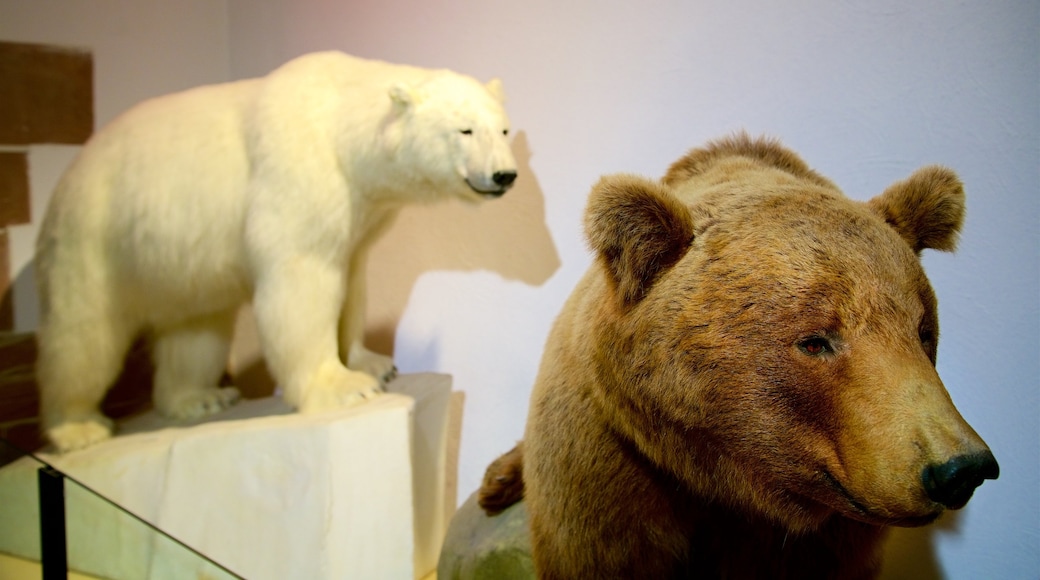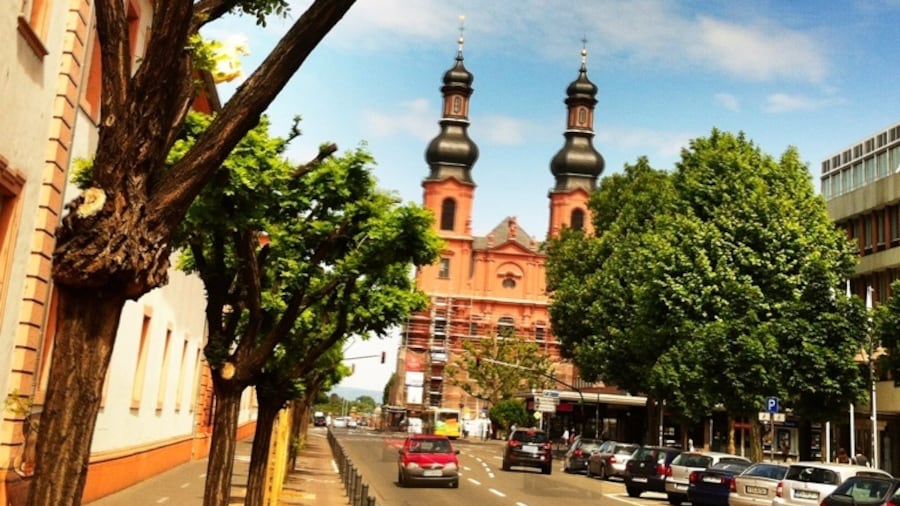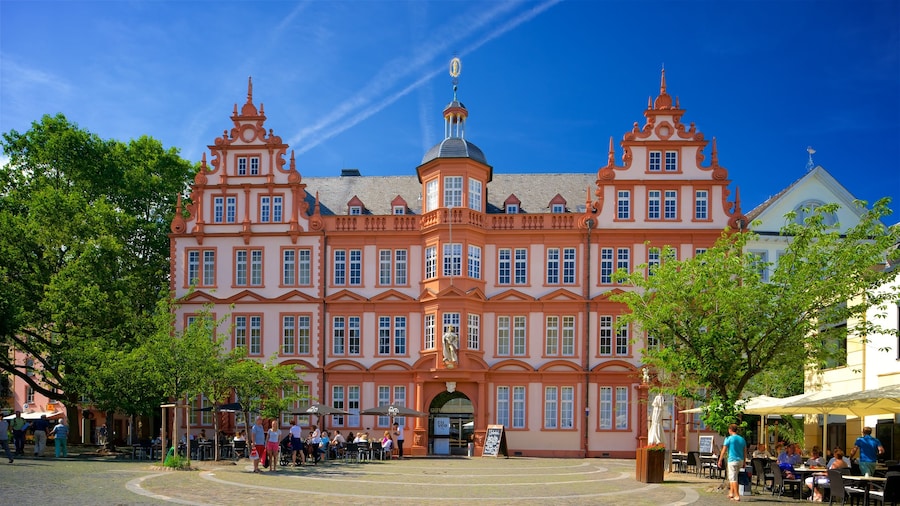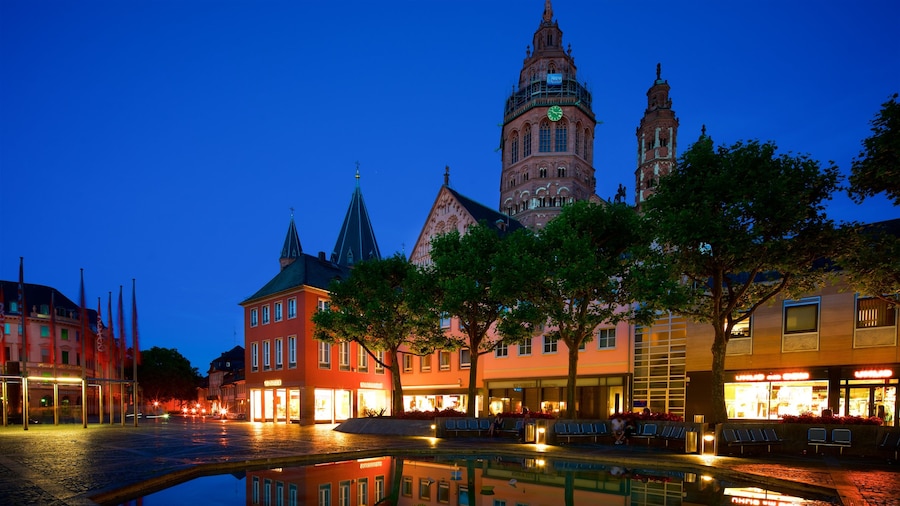Walk among mammoths, saber-toothed cats and other relics of the ancient world at the largest museum of natural history in Rhineland-Palatinate.
Step back in time at the Naturhistorisches Museum. The world-class museum, located in the heart of Mainz, covers more than 44 million years of history and has over 1.5 million objects in its collection. Its exhibits focus on science in the Rhineland-Palatinate area, along with artifacts from the museum’s partner country Rwanda.
The Naturhistorisches Museum is housed in a former monastery built in the 13th century. Notice the glass touches added to the façade for improved energy efficiency and a modern appearance. Step inside for the contrasting exhibits from ancient history.
Give yourself plenty of time to explore the Naturhistorisches Museum’s extensive exhibits. See prehistoric dinosaur tracks and insect fossils that are millions of years old. Discover Ice Age animals, such as saber-toothed cats and mammoths, and other creatures such as hippos, bears, wolves and more. Don’t miss the taxidermy figures of the now-extinct quagga, a plains zebra that lived in South Africa until the 1800s, and the thylacine, a carnivorous marsupial.
The Naturhistorisches Museum covers not only creatures from the past, but also creatures of the present. See snakes, frogs, insects, lizards and other animals from all over the world. Read the accompanying educational placards to learn all about the creatures and where they come from.
Travel through millennia as you explore the Naturhistorisches Museum’s extensive rock and mineral collections. Most of the specimens hail from the Rhineland-Palatinate or other nearby regions. The museum sponsors research in the Eckfelder Maar (former volcanic lake) near Manderscheid, which has evidence of volcanic activity from 44 million years ago.
Visit the Naturhistorisches Museum from Tuesday through Sunday. Pay your entry fee at the front door. Investigate family discounts and other special rates. Guided tours are available by appointment. Find the museum in the heart of Mainz, just a short walk from the scenic Rheinpromenade walkway that runs along the Rhine River.

















